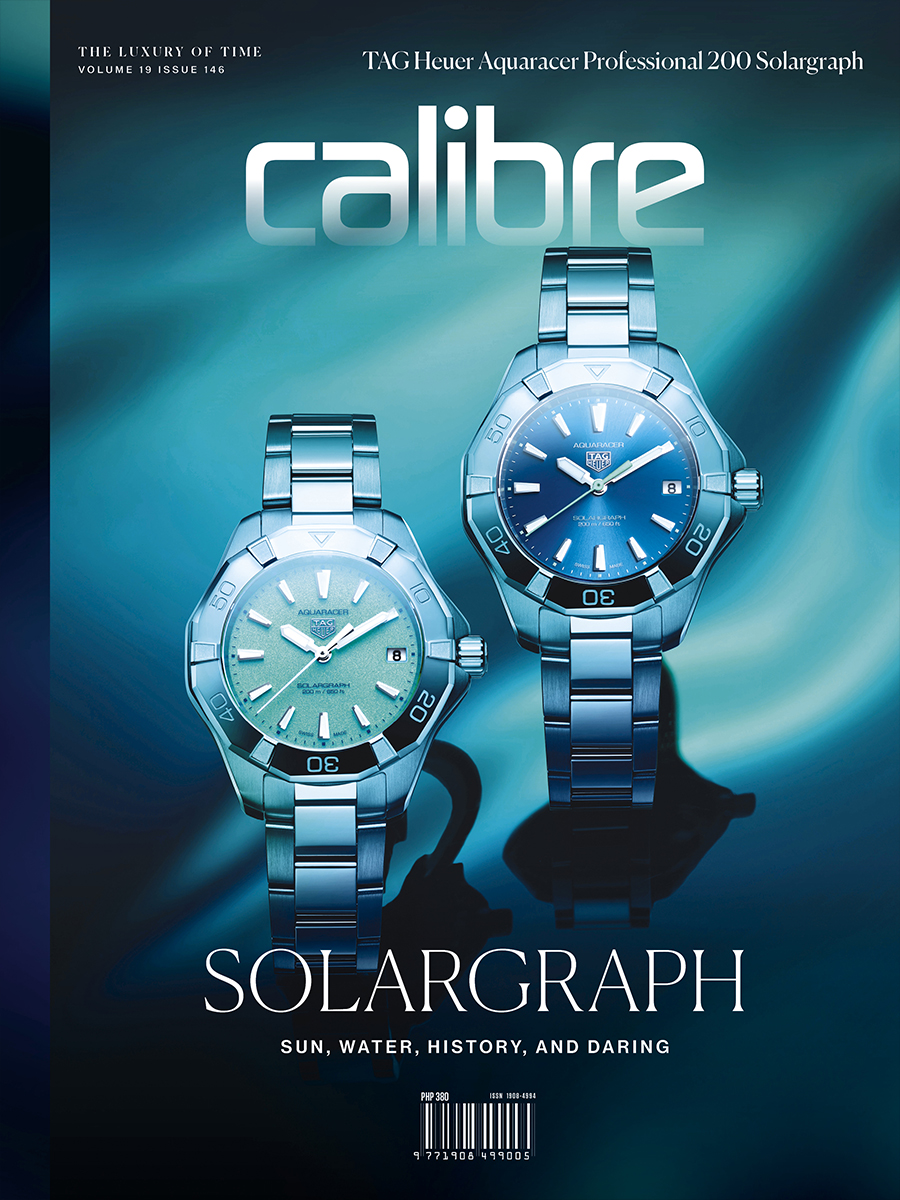Rolex and National Geographic Perpetual Planet have embarked on a remarkable journey of exploration and discovery in the Amazon rainforest. For one year, their collaborative expedition has delved deep into the mysteries of the world’s largest rainforest, shedding light on its diverse ecosystems and the pressing need for conservation. Together, these renowned organizations have brought together teams of explorers and scientists to unravel the secrets of the Amazon, contributing to our understanding of this vital planetary resource.
While the terrestrial rainforest of the Amazon has received significant scientific attention, its nearly 7,000-kilometer-long waterways have remained relatively unexplored. However, thanks to the Rolex and National Geographic Perpetual Planet Amazon Expedition, this is changing rapidly. Multidisciplinary teams consisting of ecologists, climate scientists, cartographers, geologists, and conservationists have set out to investigate different parts of the Amazon River basin, guided by the invaluable knowledge of local communities. Documenting this monumental expedition is National Geographic Explorer and Photographer, Thomas Peschak. With his background as a marine biologist and celebrated wildlife photojournalist, Peschak is the perfect individual to chronicle this remarkable journey. Although his previous work mainly focused on the ocean, he has now immersed himself underwater and scaled rocky ledges to capture the essence of the Amazon River, from its source in the Andes to its convergence with the Atlantic Ocean. Over the past year, each team has made significant progress, marking the beginning of an enthralling story.
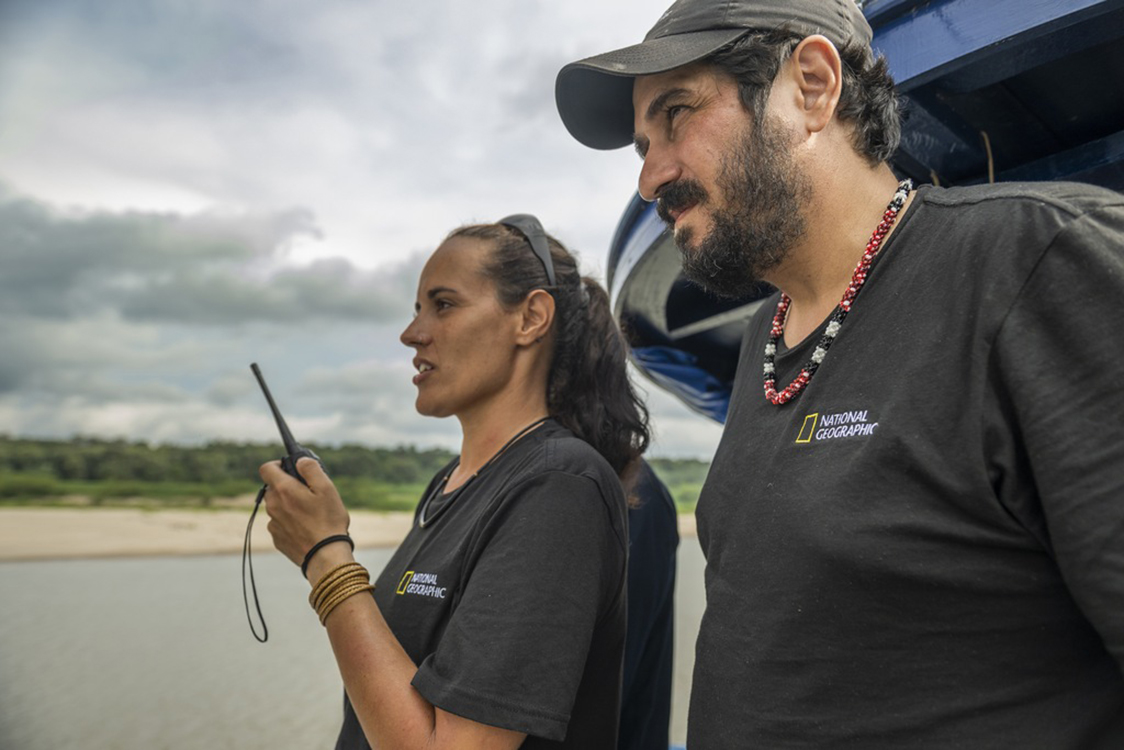
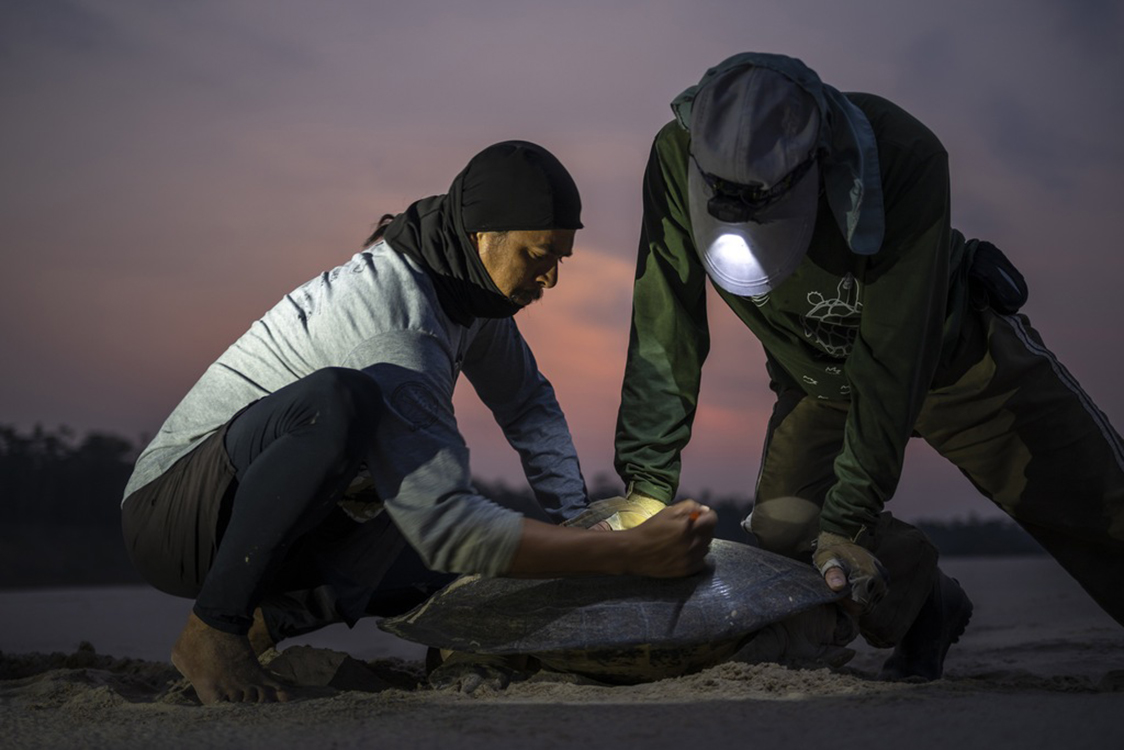
WORLD’S FIRST FRESHWATER MANGROVES DOCUMENTED
During the first weeks of investigation in the Amazon delta, National Geographic Explorer Angelo Bernardino and his colleagues discovered the world’s first-known freshwater mangroves. Mangroves have traditionally thrived in partially submerged intertidal zones along saline beaches. Bernardino, on the other hand, discovered a unique mangrove forest where a variety of tree species flourish with little to no salt. This amazing discovery has increased the known amount of mangroves in the region by 20% and is the first published result of the Rolex and National Geographic Perpetual Planet Amazon Expedition.
Teaming up with National Geographic Explorer Margaret Owuor, Bernardino surveyed the mangroves, interviewed local communities, and conducted the first-ever mapping of the ecosystem services provided by these mangrove forests. Assisting them in their endeavors is another National Geographic Explorer, Thiago Silva, who sheds light on a different phenomenon in the Amazon basin—regular flooding that submerges forests along the riverbanks. Silva utilizes drones, laser scanning technology, and meticulous tree measurements to create the first-ever 3-D models of the Amazon basin’s flooded wetland forests. His work will enable scientists to forecast how these ecosystems will respond to future water stresses. Silva’s specialized equipment has also aided Bernardino and Owuor in their exploration of the unique mangroves in the Amazon Delta.
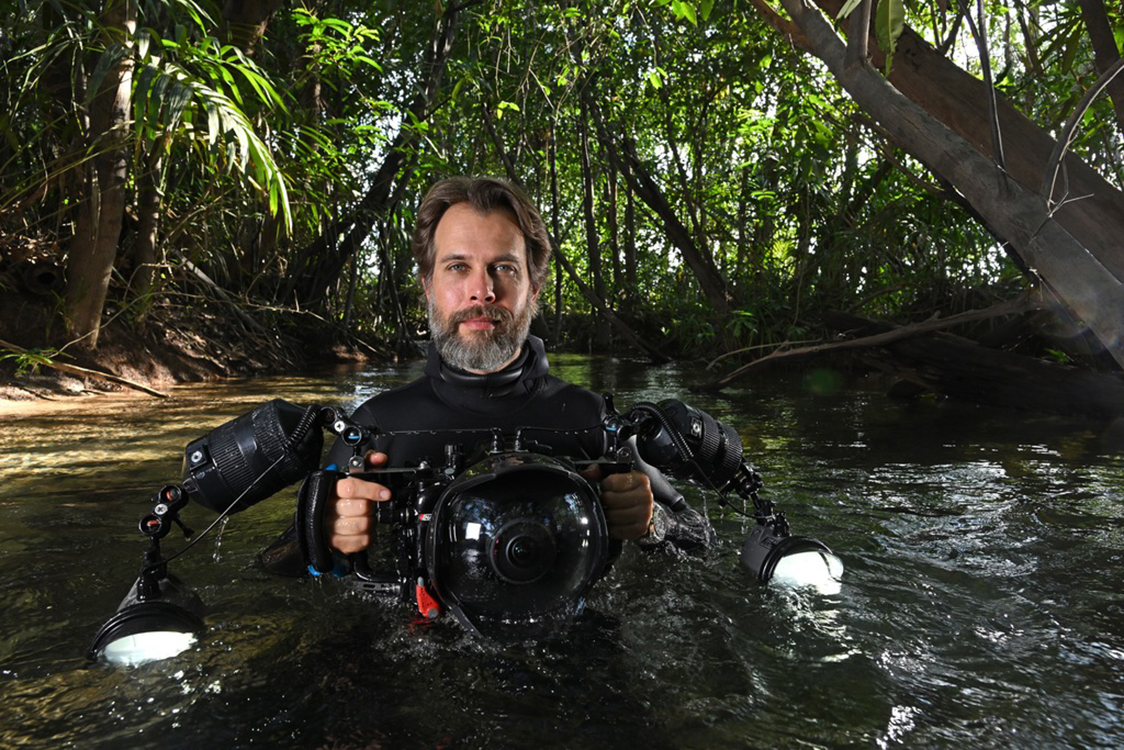
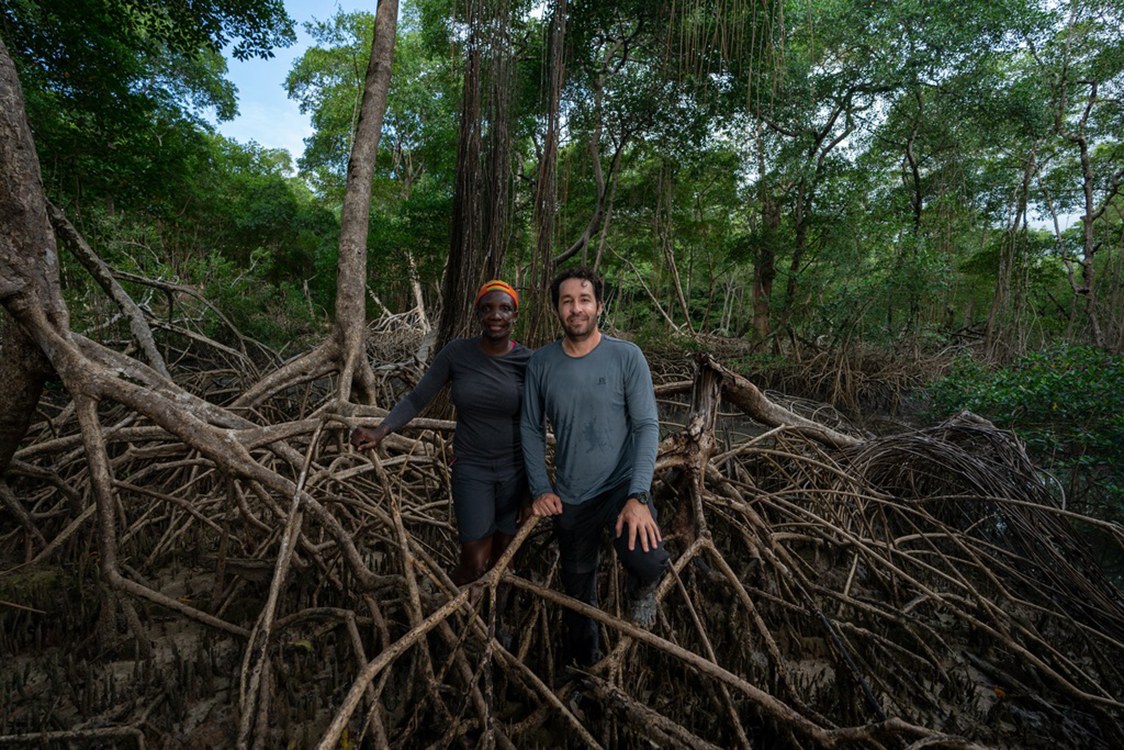
RETURN OF THOUSANDS OF RIVER RESIDENTS OBSERVED BY LOCAL COMMUNITIES
Other expedition teams have focused on the unique residents of the Amazon’s rivers and their interactions with local communities. Fernando Trujillo’s goal as a National Geographic Explorer include monitoring the rapidly dwindling pink river dolphin and collaborating with local people to foster peaceful coexistence between humans and dolphins. Dolphins are frequently viewed as rivals for local fisheries. Trujillo’s observations along roughly 1,300 kilometers of the river in four nations predict the presence of approximately 1,400 of these unique pink river dolphins.
Rolex Awards for Enterprise Laureate João Campos-Silva and fellow National Geographic Explorer Andressa Scabin have been working closely with local communities to tag and track large, over-exploited freshwater species such as giant Amazon River turtles, manatees, pink dolphins, giant otters, and black caimans. Their objective is to protect these animals from further harm. Notably, they achieved a significant milestone by GPS-tagging an arapaima, the world’s largest freshwater fish. Through their community-based conservation efforts, they have witnessed unprecedented recovery of wildlife, including the release of almost 200,000 giant turtle hatchlings in 2022.
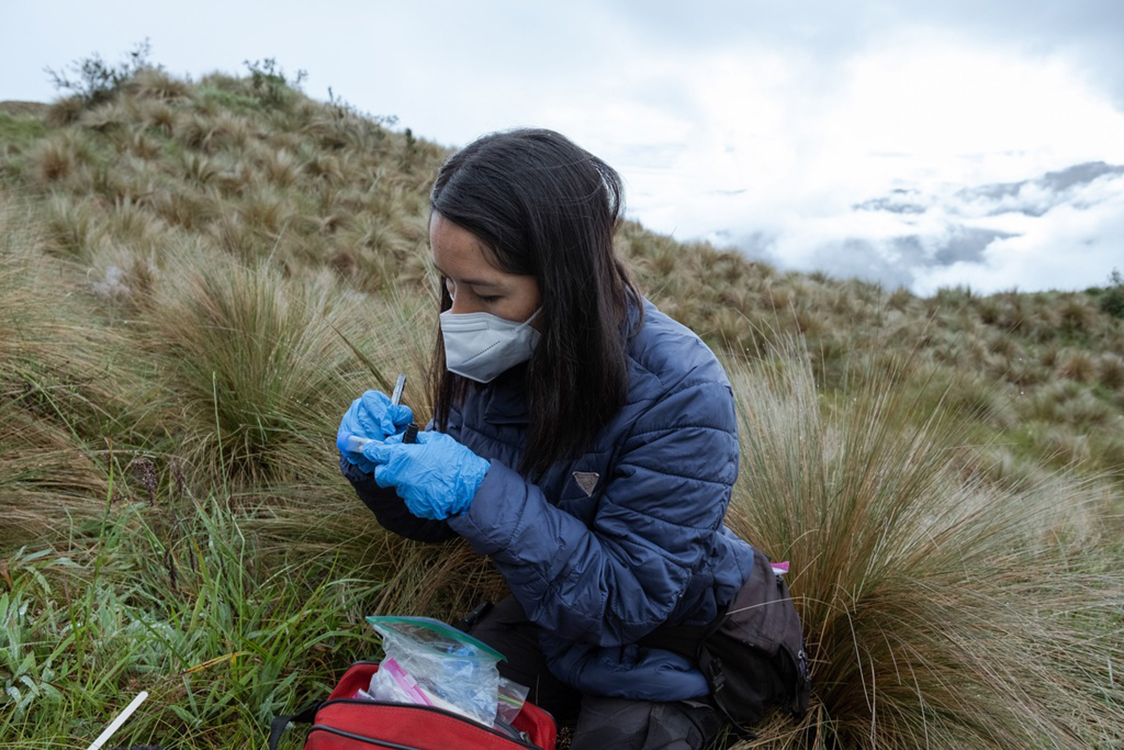
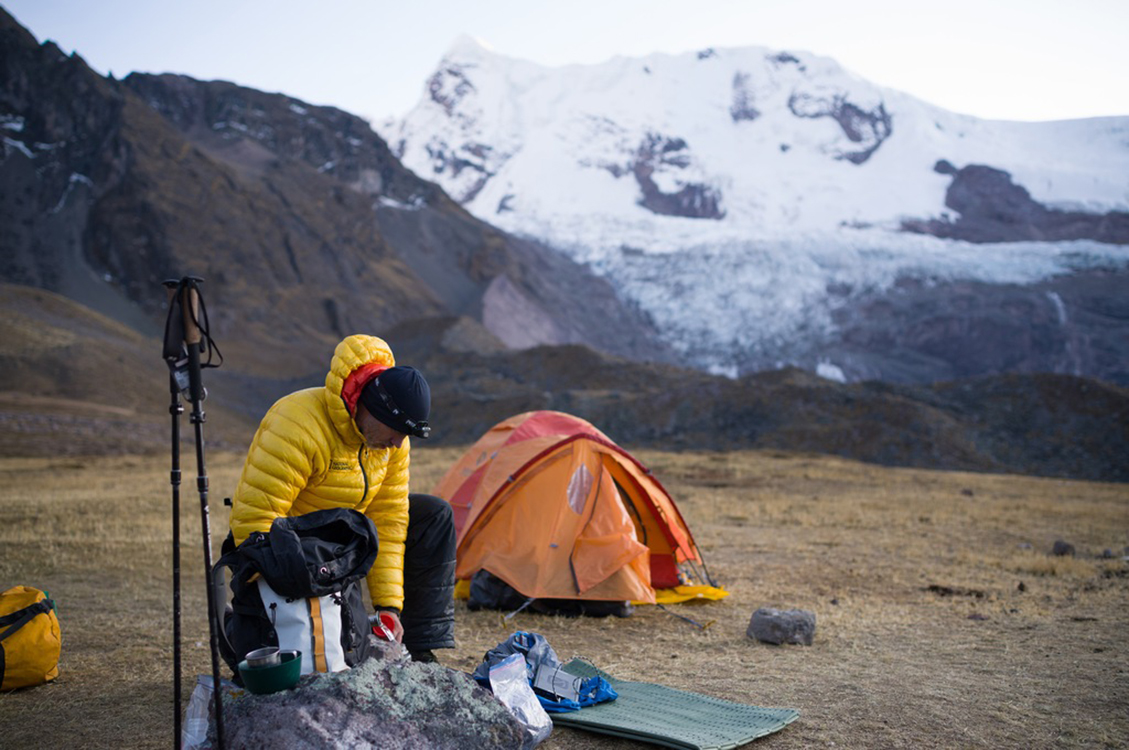
“THE AMAZON IS ONE OF THE MOST IMPORTANT REGIONS GLOBALLY, FOR INFLUENCING ATMOSPHERIC CIRCULATION, ESPECIALLY OF WATER BETWEEN THE LAND AND THE ATMOSPHERE. WITHOUT THE SUPPORT OF ROLEX IN PARTICULAR, THESE EXPEDITIONS WOULD NOT HAVE HAPPENED, AND WE WOULD NOT HAVE THE KNOWLEDGE THAT WE DO OF THE CRITICAL WATER TOWERS OF THE AMAZON BASIN.” Baker Perry, Climate Scientist, National Geographic Explorer
Ruthmery Pillco Huarcaya and Andy Whitworth of National Geographic are dedicated to tracking an important species for Indigenous communities: the Andean bear. These bears play an important part in the Amazon’s water cycle by distributing tree seeds in the cloud forests, which helps to construct a dense vegetation “wall” on the western face of the Andes. This vegetation collects evaporating water from the Amazon and reintroduces it into the forest. Huarcaya grew up hearing stories and traditions about these bears as a member of the Indigenous Quechua culture. She is also working with Whitworth to understand how problems such as deforestation and climate change affect bears and, as a result, the water flow that maintains the rainforest.
HIGHEST WEATHER STATION IN THE AMAZON
In July 2022, National Geographic Explorers and climate scientists Baker Perry and Tom Matthews successfully installed the highest weather station in the tropical Andes, at an altitude of 6,349 meters, just 35 meters from the peak of Nevado Ausangate—the highest summit in the densely populated Cusco region. This weather station provides unique real-time meteorological data that will help elucidate the effects of climate change on the Amazon’s primary source of freshwater, which is crucial for downstream communities.
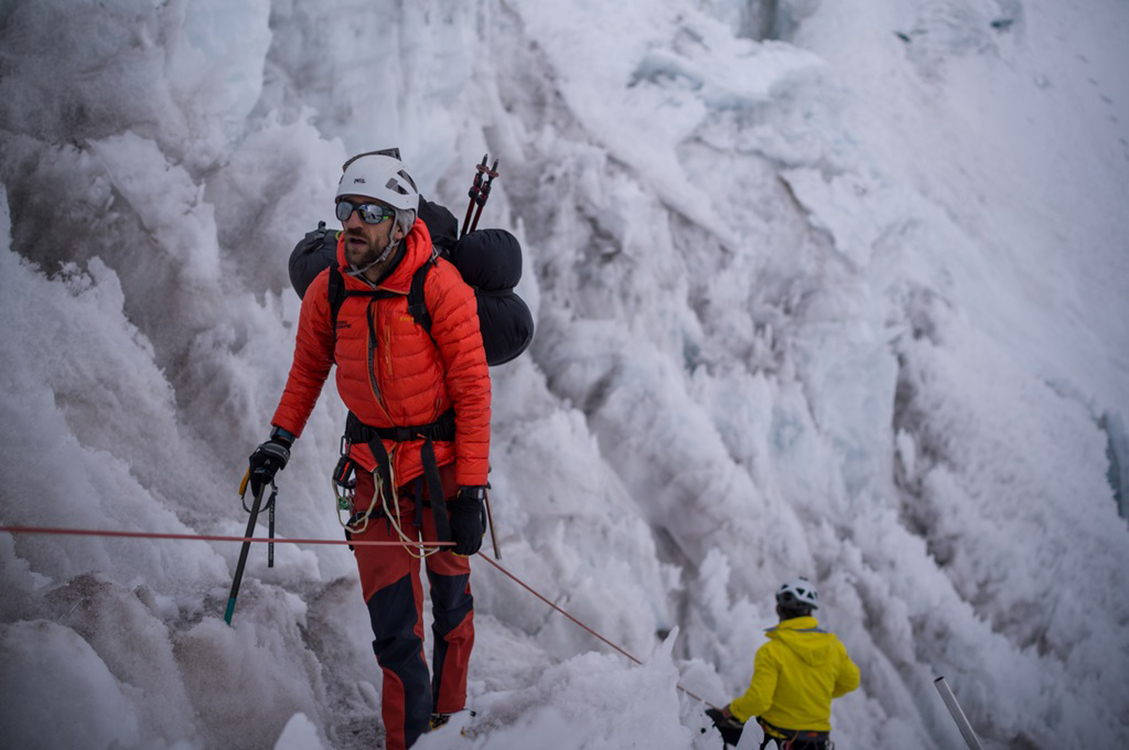
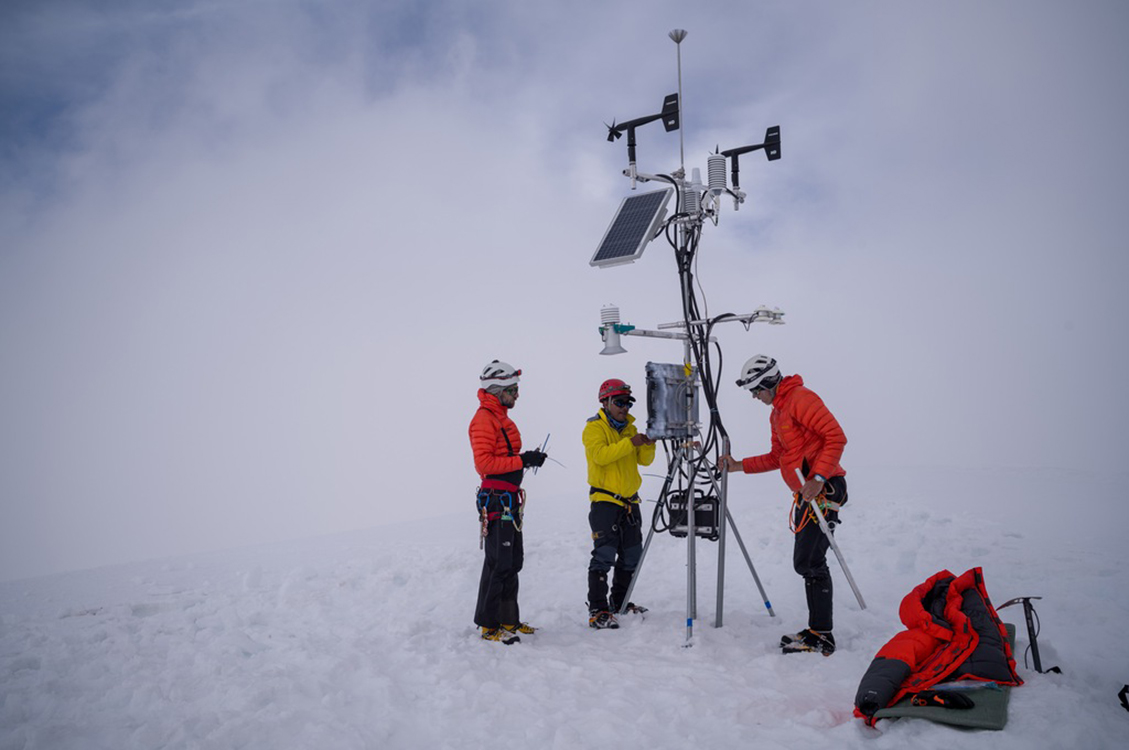
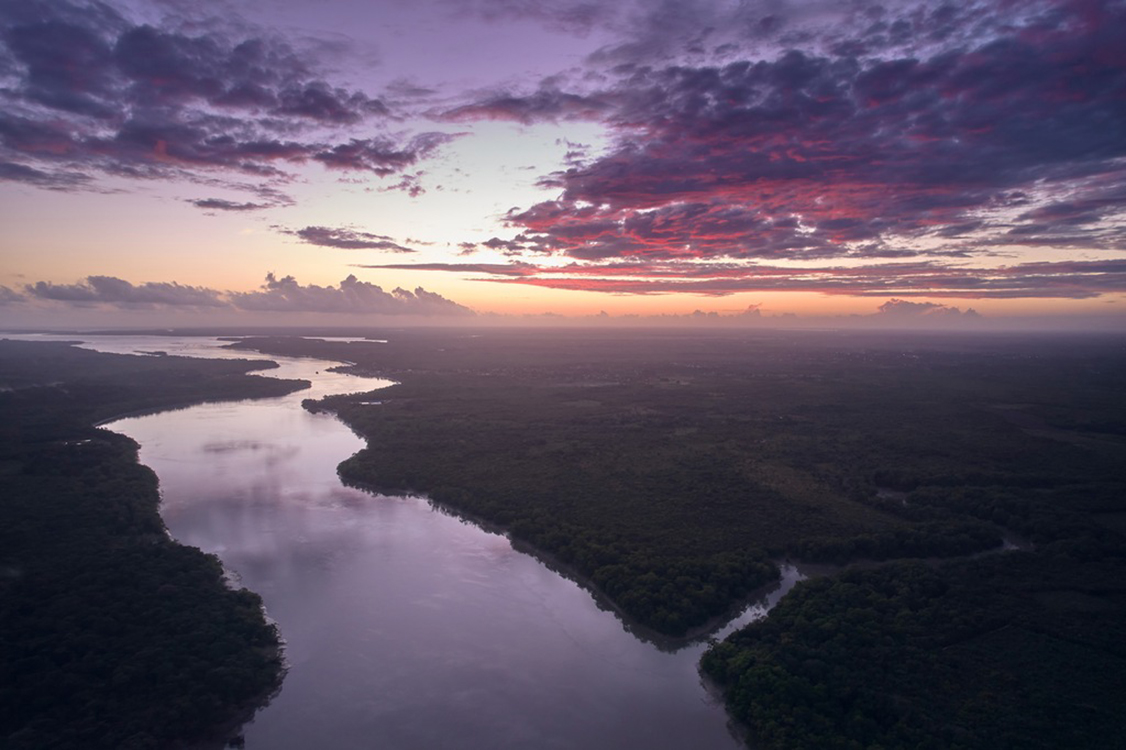
After just one year since its inception, the Rolex and National Geographic Perpetual Planet Amazon Expedition has already revolutionized our understanding of this iconic region. By shining a spotlight on the waterways, the expedition showcases their connection from the highest peaks to the coastal forests, supporting plant, animal, and human life at every step. With another year of exploration ahead, Peschak’s captivating photographs and the scientists’ findings have the potential to rewrite the narrative of the mighty Amazon River—the lifeblood of our planet.
Rolex has been a staunch sponsor of pioneering exploration for nearly a century, shifting its focus from discovery to environmental protection. Rolex’s Perpetual Planet Initiative, announced in 2019, demonstrates the company’s dedication to environmental conservation through collaborations with prestigious organizations such as Mission Blue and the National Geographic Society. Rolex actively nurtures the next generation of explorers, scientists, and conservationists through scholarships and grants, such as those offered by the Our World-Underwater Scholarship Society and The Rolex Explorers Club Grants, with over 20 collaborations ranging from supporting pioneering individuals like Cristina Mittermeier and Paul Nicklen to initiatives like Rewilding Argentina and the Monaco Blue Initiative.

